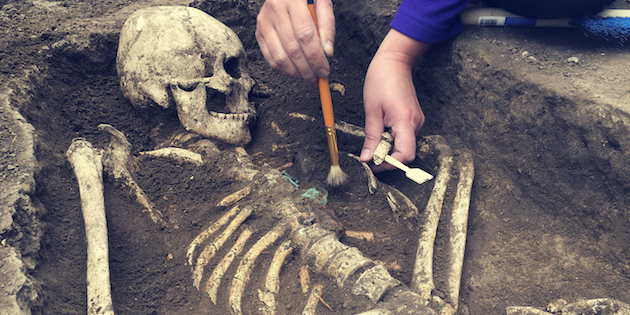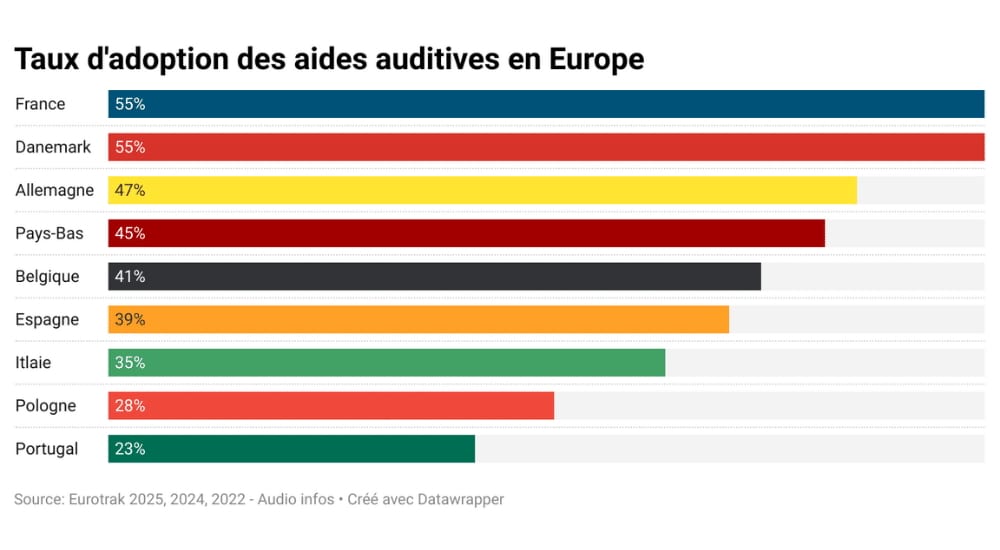The sex is in the spirals - the cochlea tells the difference in forensics breakthrough
forensics
The human cochlea is sex-typed from an early post-natal age - this is the startling and welcome finding of a study that has delivered the first reliable method for sex determination, even in child skeletons and cases with missing or degraded DNA molecules.

Until now, it has been impossible to determine the sex of a child from its skeleton. In adults, the task is achieved only from examination of the pelvis, and this too is tricky if the bone is not well preserved.
But the work of an interdisciplinary French-South African study involving scientists primarily from the French National Centre for Scientific Research (CNRS), UT3 Paul Sabatier, and l'Université Clermont Auvergne, has established the the very hard human cochlea, a bone frequently found at archaelogical sites, shows a clear difference between the sexes. The finding will prove invaluable for scientists working on fossils, and in forensics.
The essence of the discovery lies in a sex-differentiated torsion along the 3D cochlear curve, most noticeable at the tip of the spiral. The study sample involved 94 adult and 22 juvenile skeletons from cross-cultural contexts.
"We conclude that the human cochlea is sex-typed from an early post-natal age," says the study, published in full in the journal Scientific Reports.
Source: Scientific Reports


